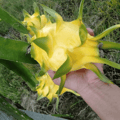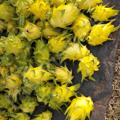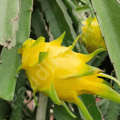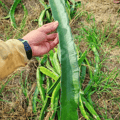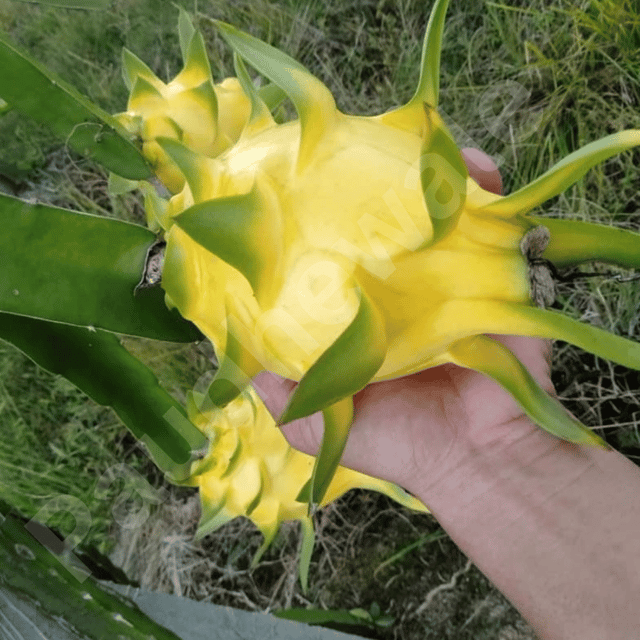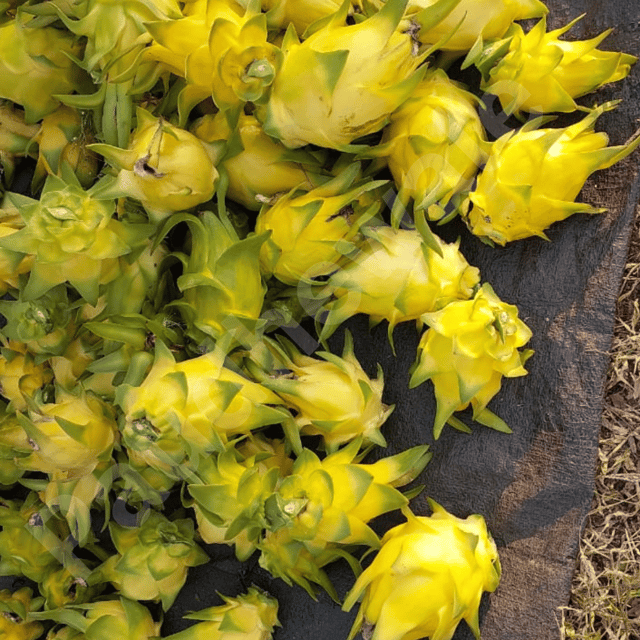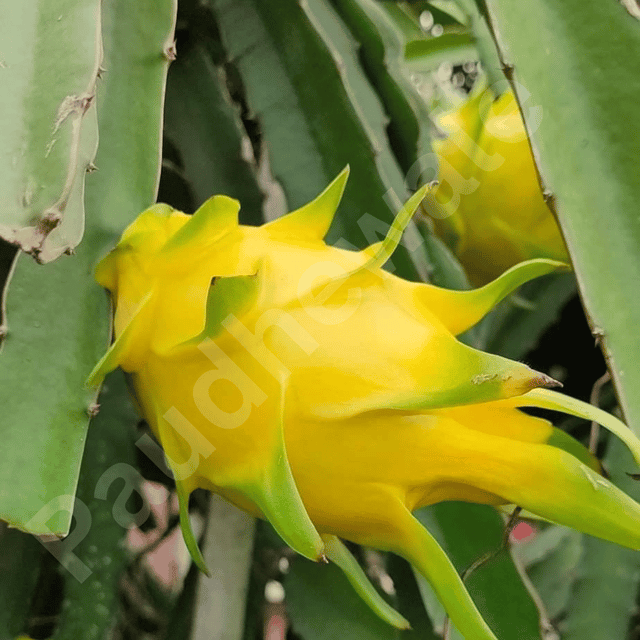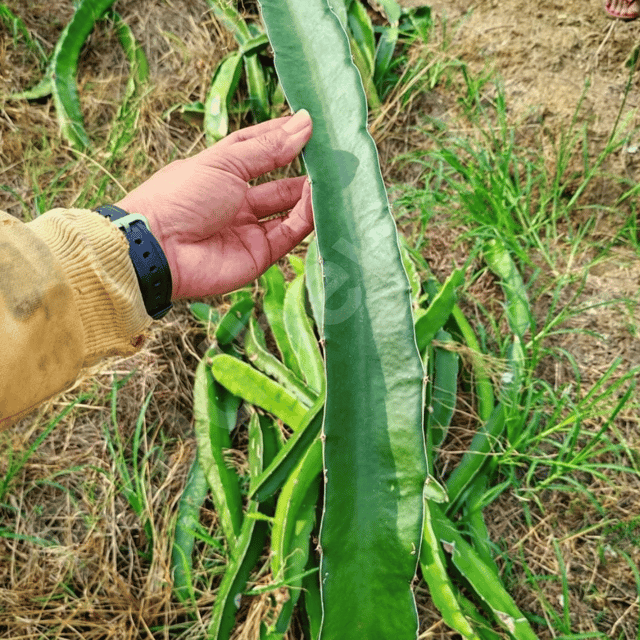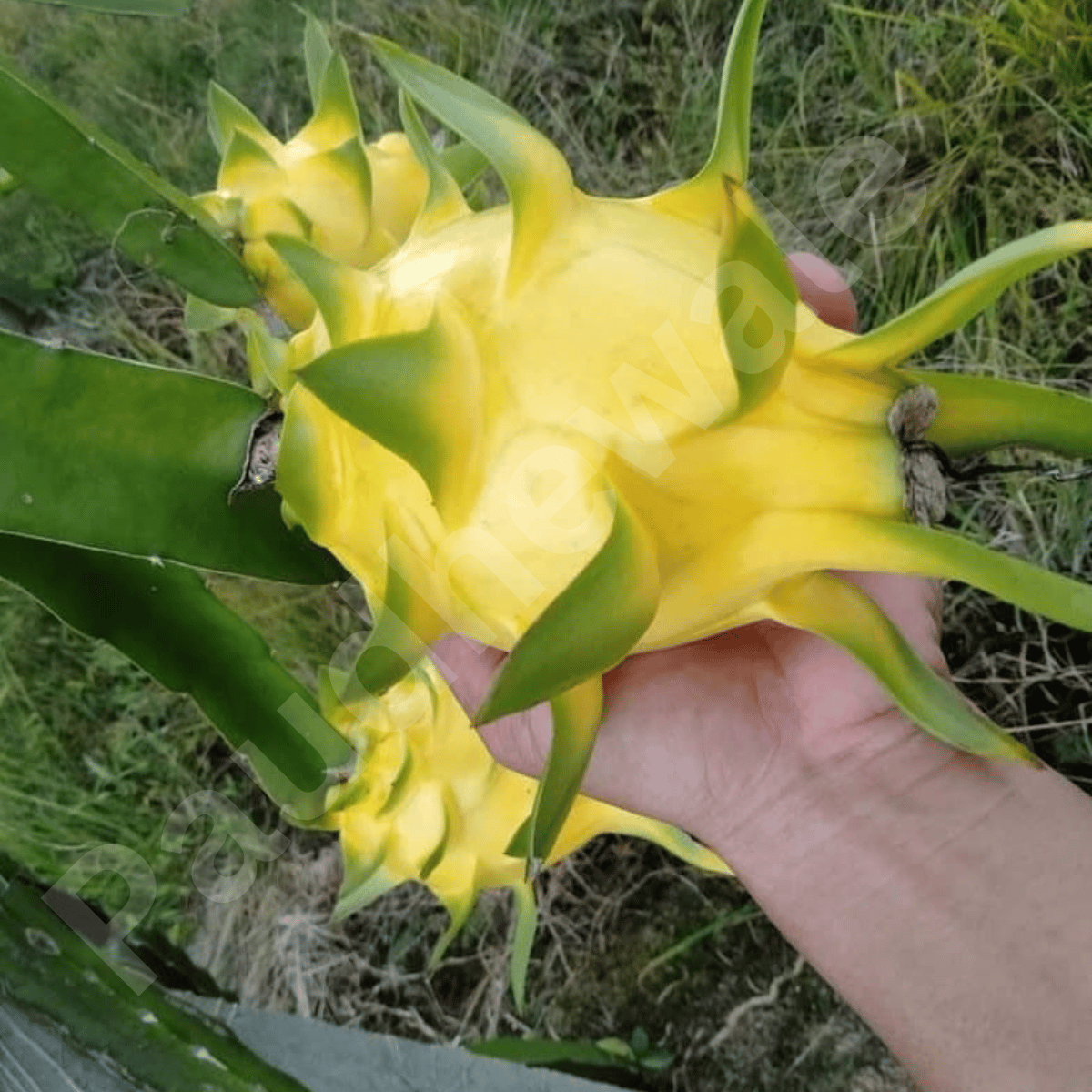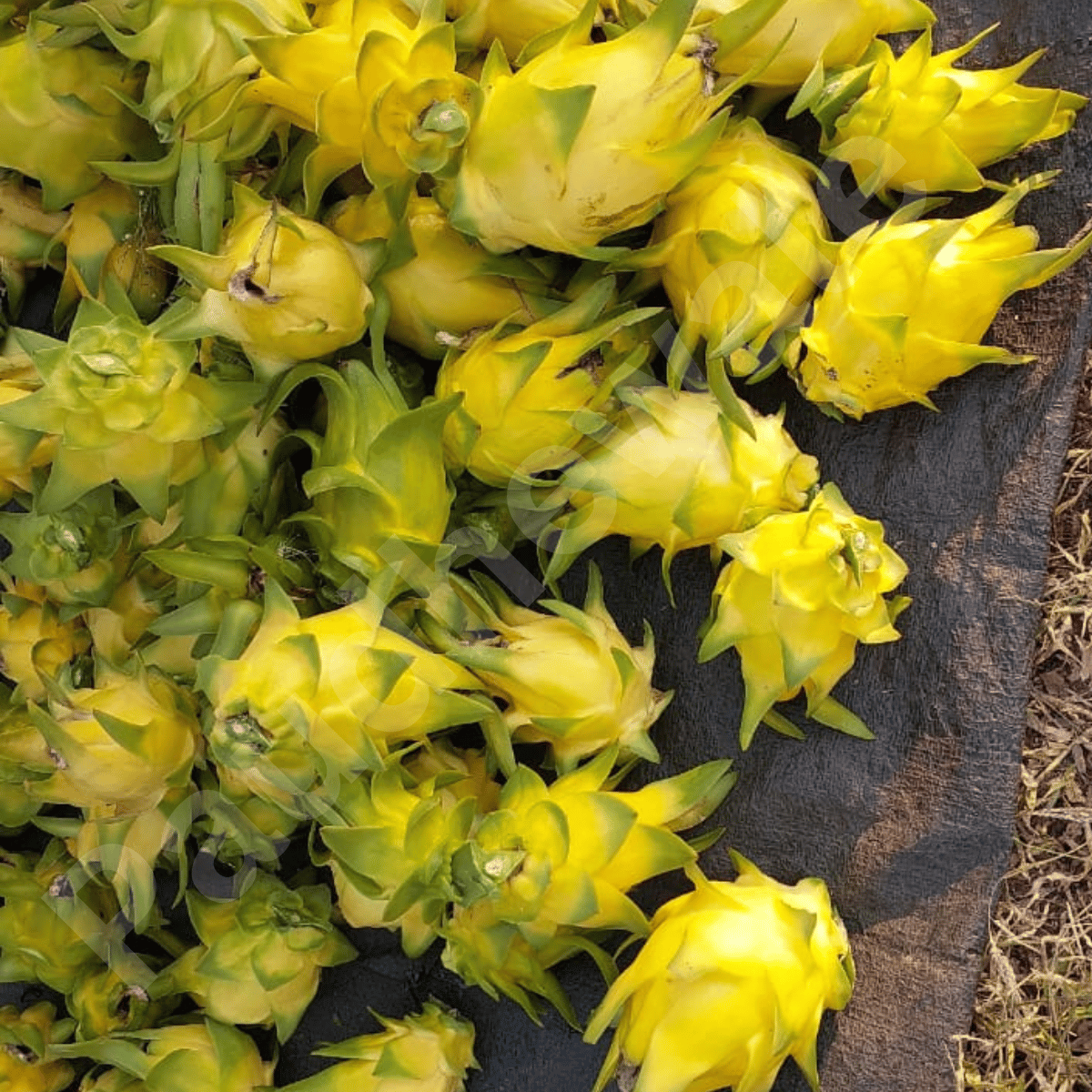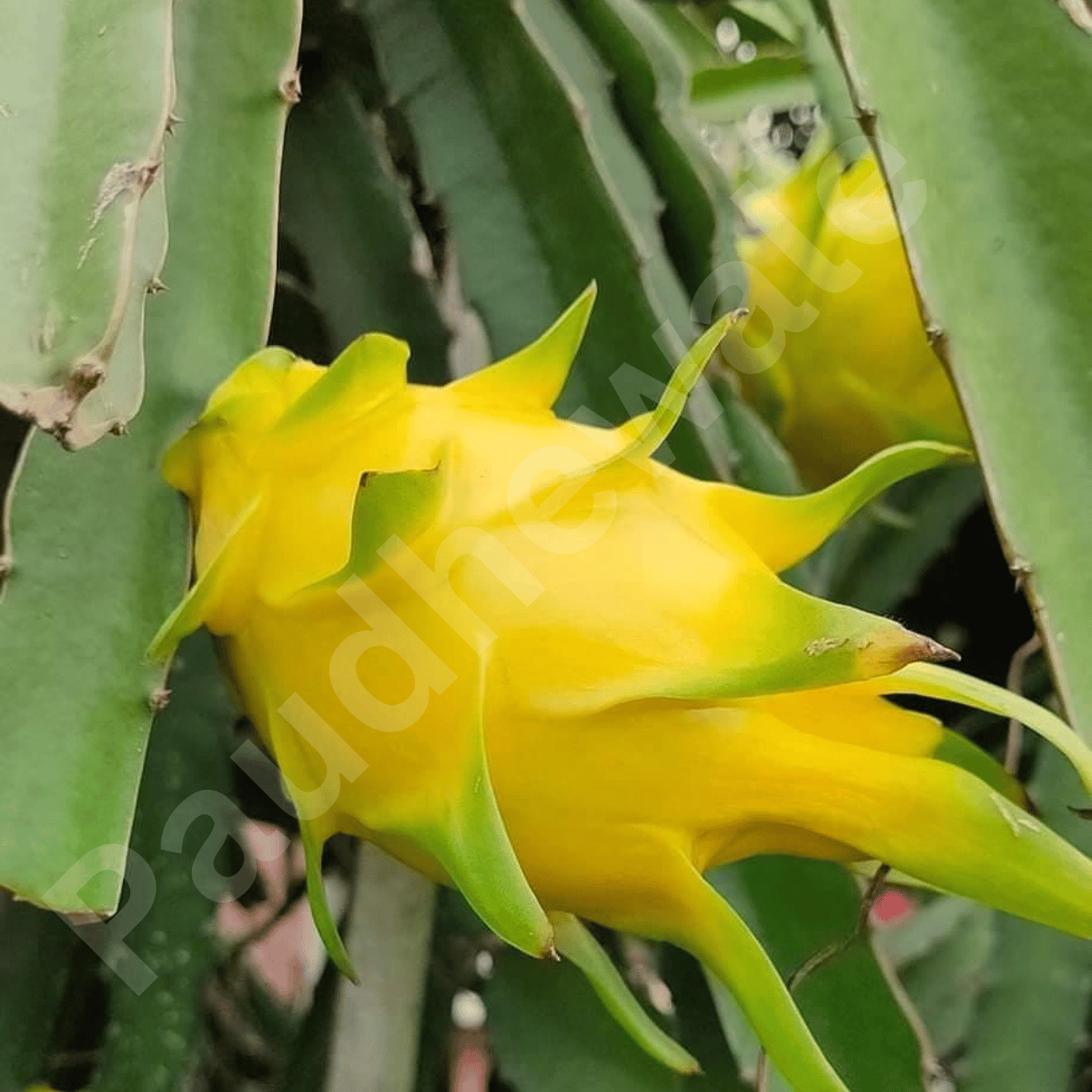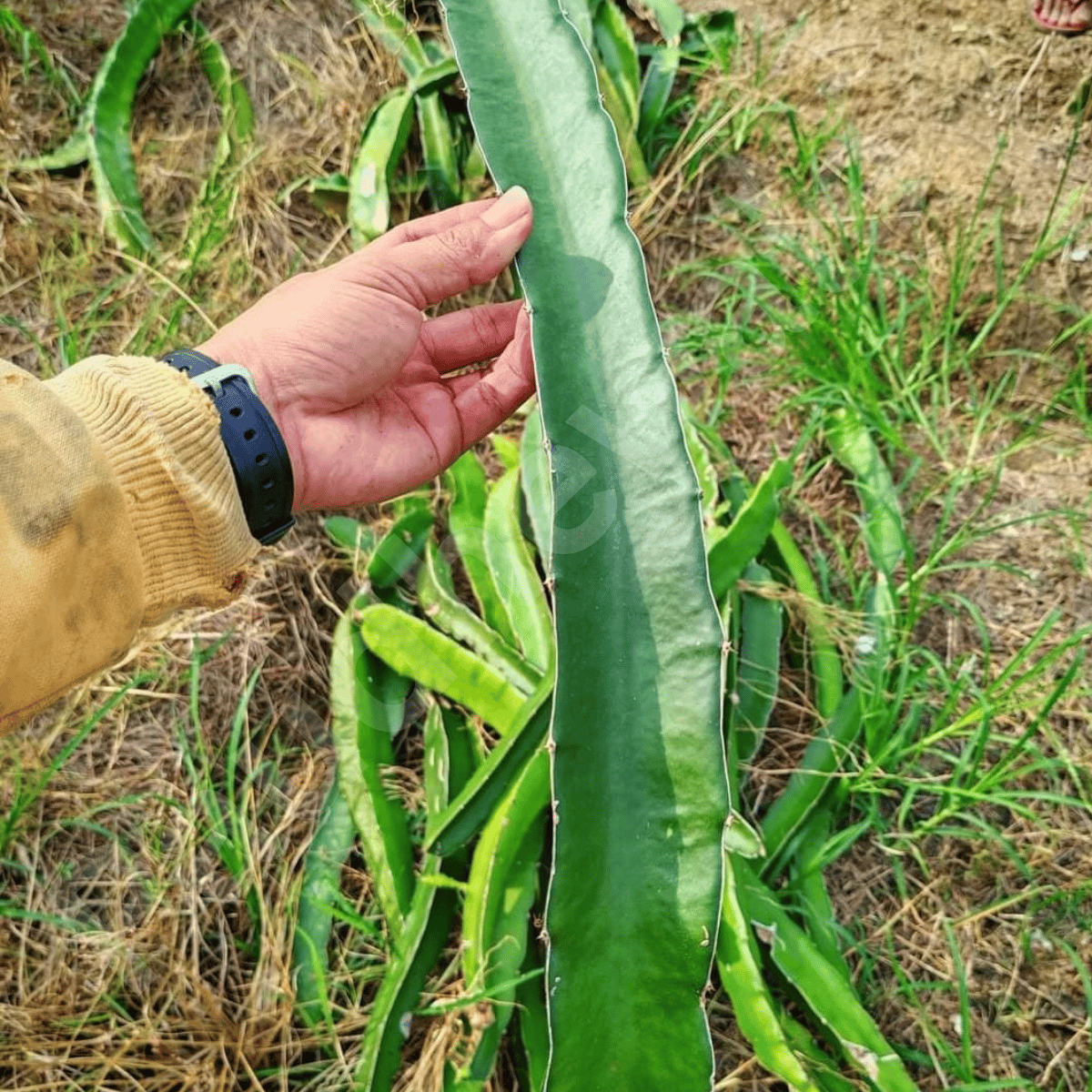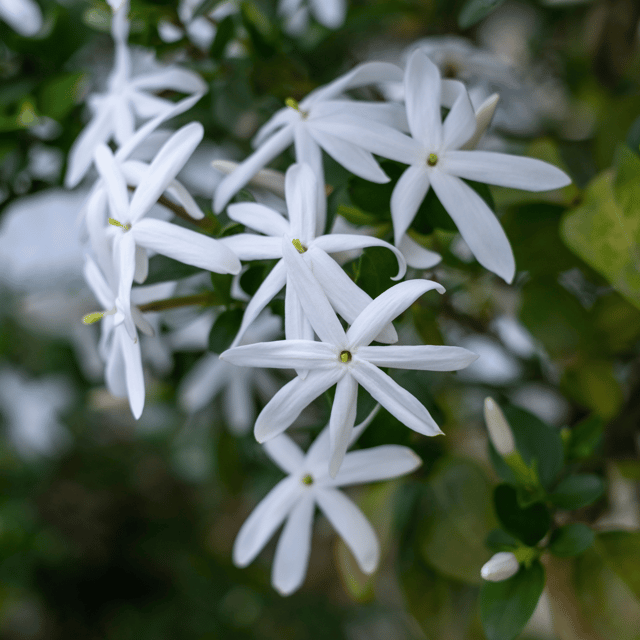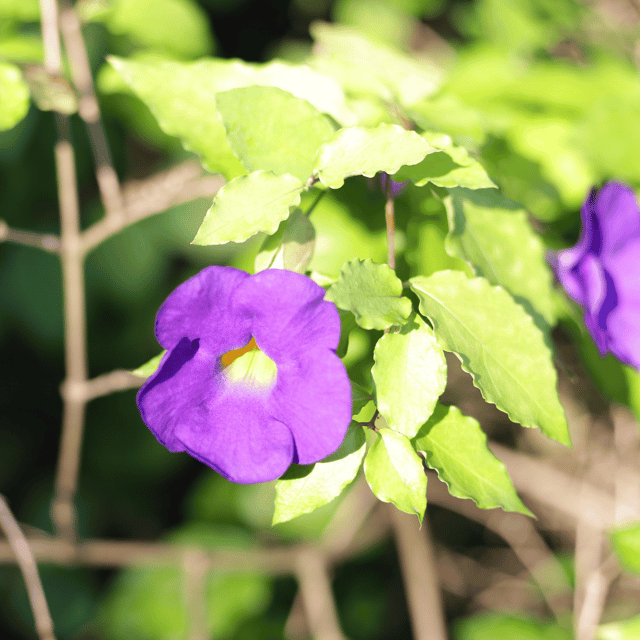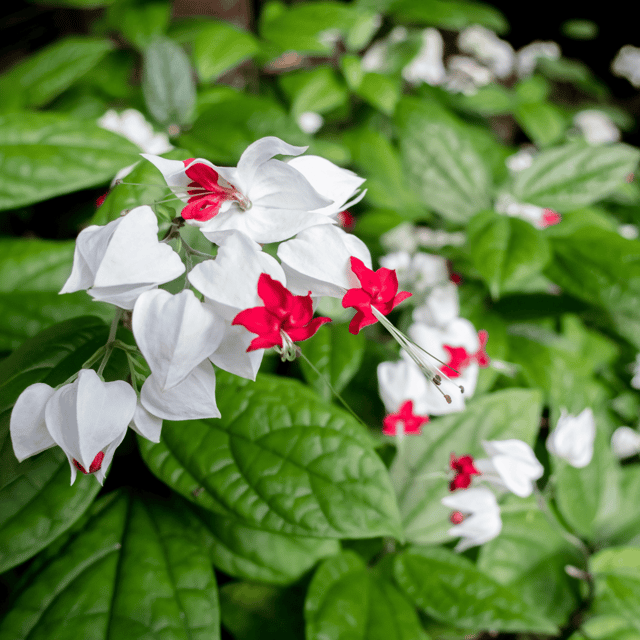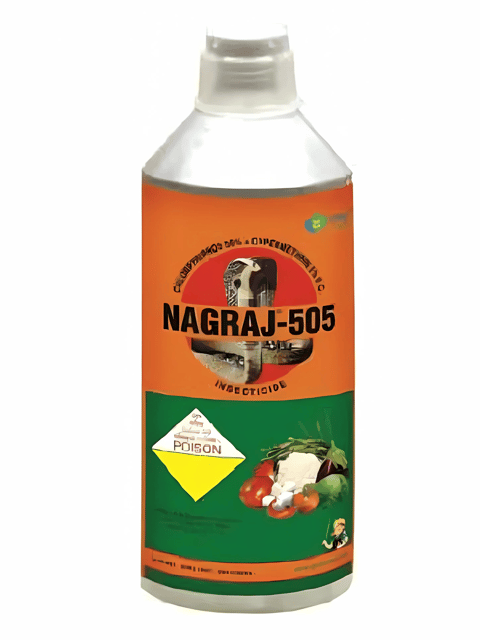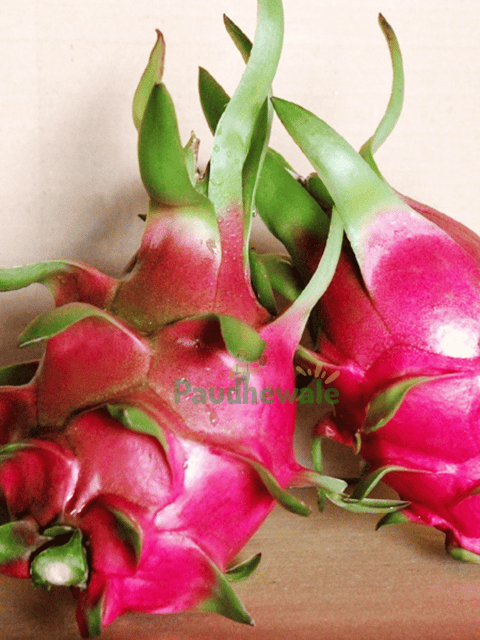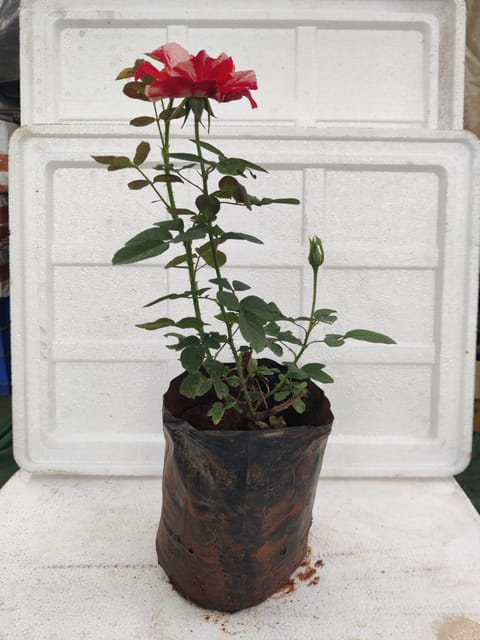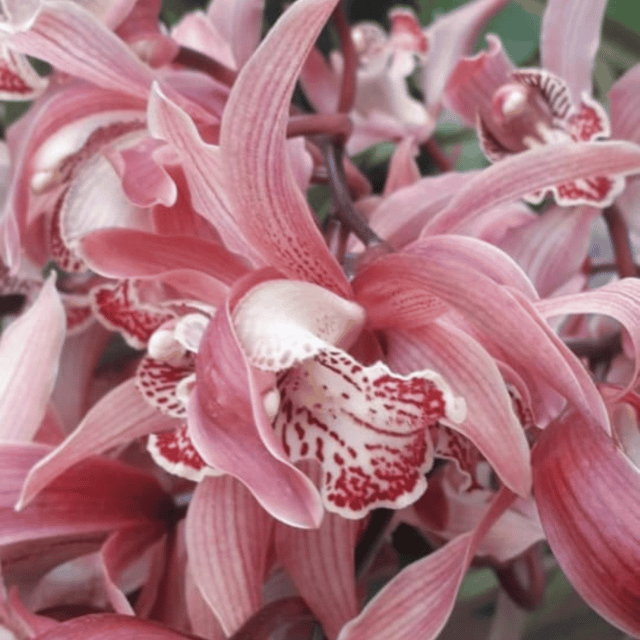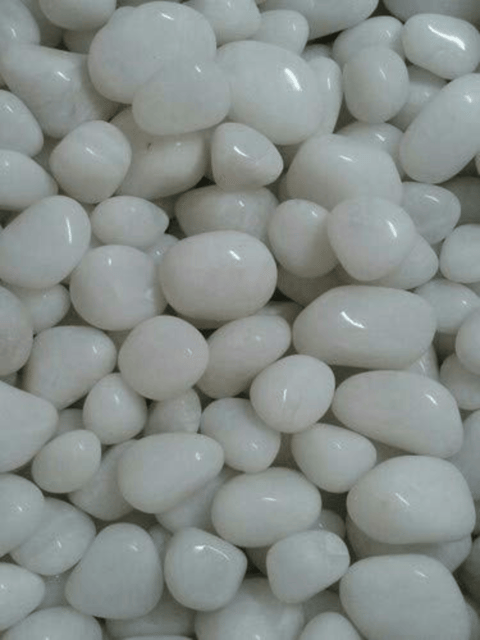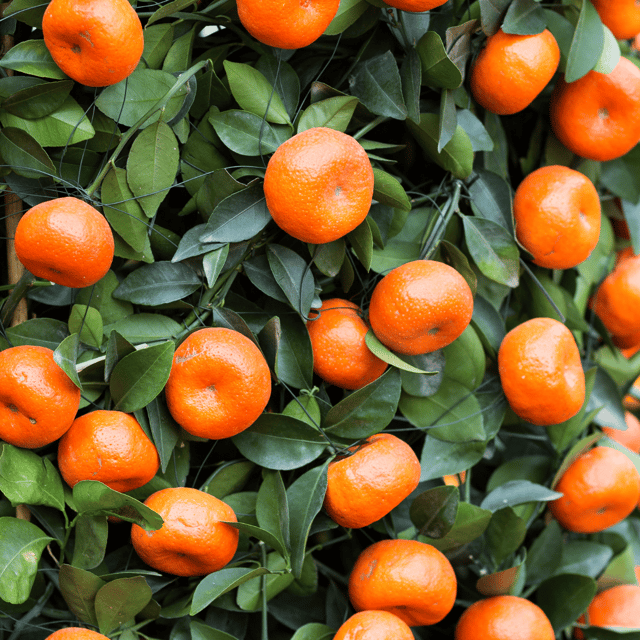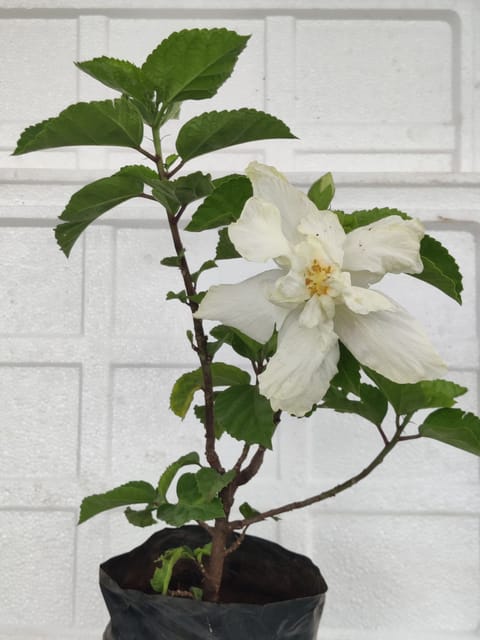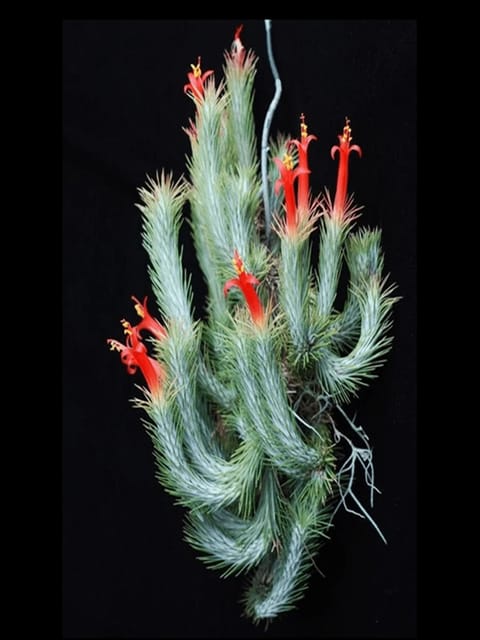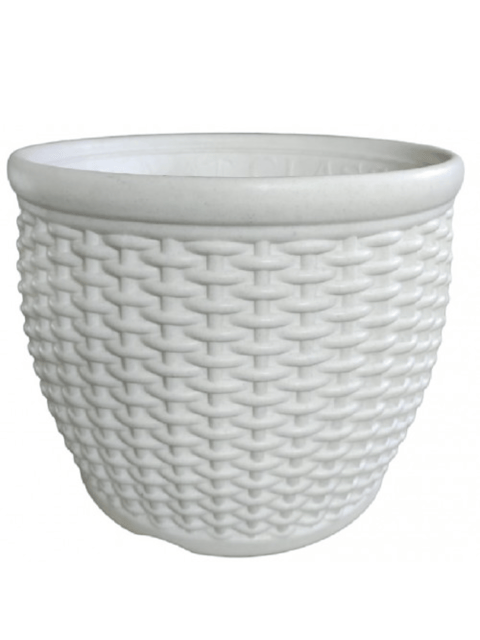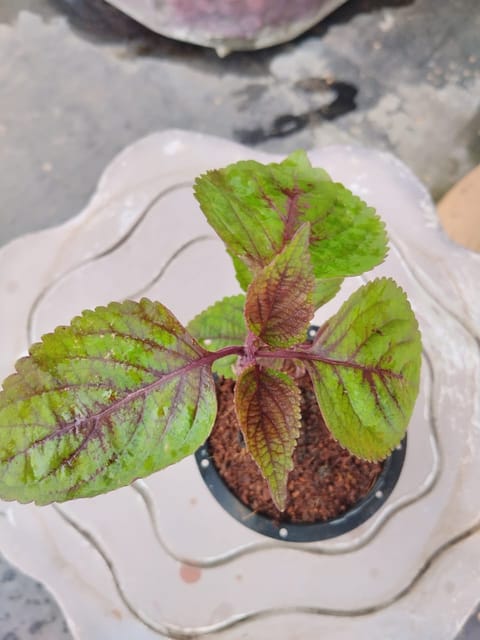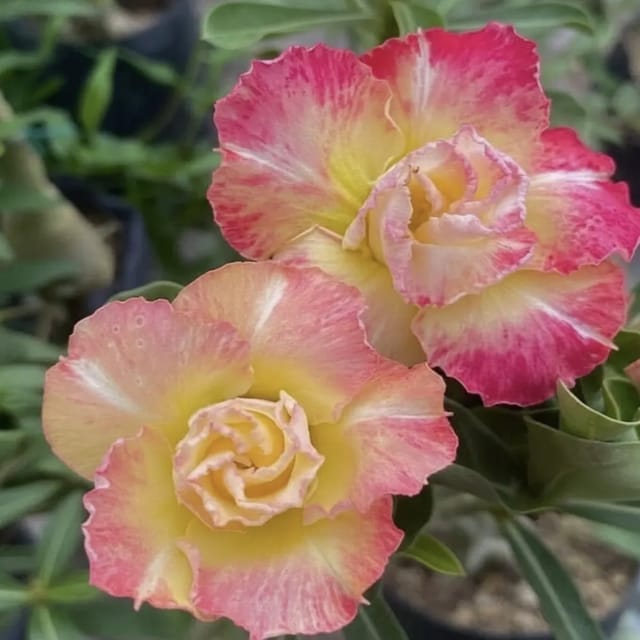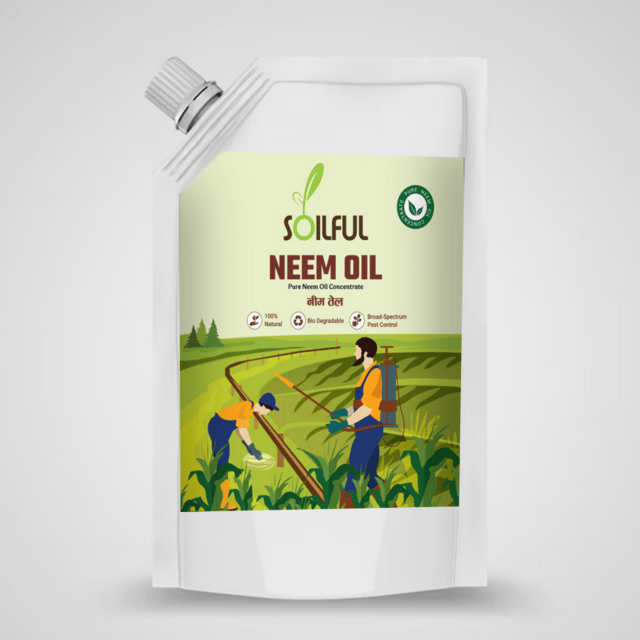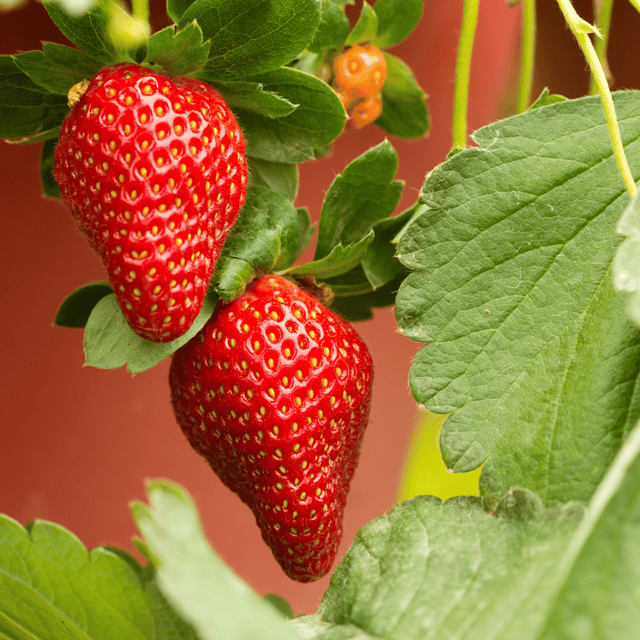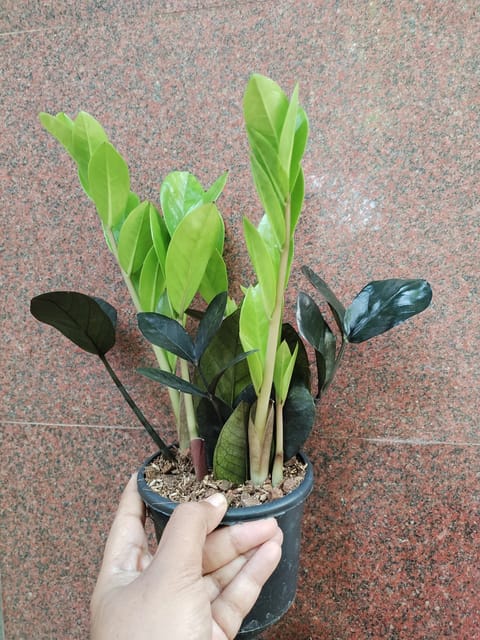🌟 Israel Golden Yellow Dragon Fruit Plant (Rooted)
Buy Premium Dragon Fruit Plant Online at Best Prices | Safe Pan-India Delivery
Looking to grow exotic fruits at home? The Israel Golden Yellow Dragon Fruit Plant is a vibrant and high-yielding variety, known for its unique golden-yellow skin, white flesh, and rich sweetness. This variety is cross-pollinated, meaning it offers better fruit set and productivity when grown alongside another dragon fruit type—making it an excellent addition to any tropical fruit garden.
This rooted plant is healthy, well-established, and approximately 1 foot in height—perfect for easy transplantation in home gardens, terrace setups, or farm plots.
🍈 Key Benefits
Golden Delight: Striking yellow skin with juicy, sweet white pulp.
Cross-Pollinated Variety: Enhanced fruit production when paired with another dragon fruit variety.
Rich in Nutrients: High in antioxidants, vitamins, and dietary fiber.
Ideal for Indian Climate: Grows well in warm and semi-arid regions.
Low-Maintenance: Drought-tolerant and easy to care for.
📋 Plant Specifications
| Attribute | Details |
|---|
| Plant Name | Israel Golden Yellow Dragon Fruit |
| Type | Cross-Pollinated Variety |
| Plant Height | Approx. 1 foot |
| Growth Habit | Climbing cactus |
| Fruit Color | Yellow skin, white flesh |
| Sunlight Requirement | Full Sun (6–8 hours daily) |
| Soil Type | Well-draining, sandy-loam soil |
| Watering | Moderate; allow soil to dry between waterings |
| Suitable For | Home gardens, balconies, commercial farming |
| Plant Delivered As | Rooted live plant |
🌿 Care Tips
Provide a climbing support or trellis for vertical growth.
Use organic compost monthly for better yield.
Water sparingly—overwatering can lead to root rot.
For best results, pair with another dragon fruit plant for pollination.
Description & Taste
The Israel Golden Yellow Dragon Fruit is a distinctive fruit known for its oval-to-oblong shape, typically measuring between 9 to 12 cm in length and 7 to 10 cm in diameter. Unlike some other dragon fruit varieties, it lacks sharp spines. Instead, its thick, yellow skin features soft, curved bracts tipped in green, giving it a vibrant, exotic appearance. Inside, the fruit reveals juicy, translucent to white flesh generously dotted with small, crunchy black seeds. Its flavor is sweet and refreshing, often compared to a blend of kiwi and pear, with a tropical twist.
Season & Availability
The Israel Golden Yellow Dragon Fruit is typically in season from mid-summer to late fall, offering a limited yet prized harvest window.
Botanical Background & Development
This unique yellow-skinned variety, often called Golden Dragon or Golden Pitaya, was cultivated by researchers at Ben-Gurion University of the Negev in Beer-Sheva, Israel. It was developed through decades of careful breeding and selection and is a clone of Hylocereus undatus, the same species as many red dragon fruits. To differentiate it from the more common Central American yellow pitaya (Selenicereus megalanthus), it was given the “Golden” moniker. The Israeli variant is specifically tailored to thrive in dry regions and has gained traction as a sustainable crop thanks to its low water needs, medicinal properties, and stunning flowers.
Nutritional Highlights
The Israel Golden Yellow Dragon Fruit is not only visually stunning but also nutritionally rich. Key benefits include:
High in magnesium, phosphorus, and potassium
Contains dietary fiber and protein
Provides more calcium than red-skinned varieties
Offers small amounts of iron, vitamin A, niacin, and vitamin C
Packed with antioxidants and beneficial fatty acids, especially omega-3s from the seeds—great for heart health
Culinary Uses
This yellow pitaya is most commonly enjoyed fresh and raw. When ready to eat, it is best cut in half with the flesh scooped out using a spoon. The hollow skin can serve as a natural serving bowl. Its firm, juicy flesh can be:
Cubed, balled, or sliced for use in fruit salads or tropical desserts
Mixed into salsas or served with white fish like cod, tuna, or mahi
Blended into smoothies, cocktails, sorbets, or popsicles
For storage, keep the fruit at room temperature until ripe, and chill for 1-2 hours before serving for a more refreshing experience.
Cultural & Agricultural Significance
Since the 1990s, Israeli researchers have led initiatives to improve pitaya cultivation using hand-pollination techniques and hybrid development. These innovations have helped the country emerge as a key exporter of both the fruits and their propagative cuttings. One important note: as a clonal plant, this yellow variety doesn’t grow true from seed, so it must be propagated using cuttings to maintain its desirable traits.
Origin & Growing Conditions
The Israel Golden Yellow Dragon Fruit was introduced in 1994 and is now grown primarily in Israel, with limited cultivation in Hawaii, Australia, and recently by tropical growers in Florida. This variety is well-suited to dry, subtropical regions, showing greater resistance to heat and sunlight compared to pink-skinned varieties. However, it is less tolerant to cold. While it’s mainly exported to European markets, shipments to the United States began around 2015 and have been increasing steadily. In contrast, the Nicaraguan yellow clones (like Hylocereus costaricensis) produce smaller, rounder fruits with differing characteristics.
✅ Why Choose Paudhewale?
🌿 Premium-Quality, Disease-Free Plants
🚚 Pan-India Delivery in Secure Packaging
🧑🌾 Expert Gardening Support After Purchase
💰 Affordable Rates & Value Combos Available
⚠️ Disclaimer
Plant images are for reference only. Actual appearance may vary due to natural factors like climate, light, and growth stage.


